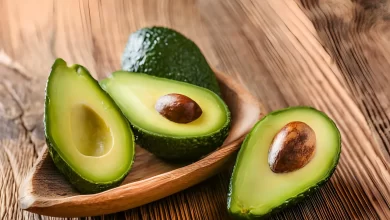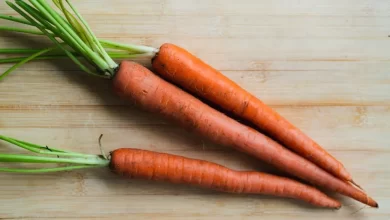Grapes are one of the most widely consumed fruits on the planet. A grape is a berry of the flowering plant genus Vitis, which grows on deciduous woody vines. Grapes can be eaten fresh or used to make wine, jam, grape juice, jelly, grape seed extract, raisins, vinegar, and grape seed oil, among other things. Italy, France, Spain, the United States, Turkey, China, and Argentina are the top grape growers.
- The cultivation of grapes started in the year 6000-8000 years ago in the Near East. Yeast is one of the earliest domesticated microorganisms that occur on grapes’ skin, which later leads to the discovery of alcoholic drinks such as wine.
- The DNA of grapes suggests that it diverged from the Rosid family tree, which a major group of flowering plants, including the apples, Chocolate, and walnuts, and is more than 80 million years ago.
- The oldest fossil of grapes is found in India and is about 58 million years old.
- Grapes are a kind of berries and are very similar to blueberries.
- The most popular variety of grape grown is the Cabernet Sauvignon and is grown on 840,000 acres (340,000 hectares) of land.
- Grapes can be cultivated in a variety of soils, including red sandy soils, shallow to medium black soils, red loams sandy loams, and sandy clay loams. The soil should be well-drained and should have good water holding capacity.
- Raisins are the dried form of grapes.
- Red wine can only be created from the red grapes. While white wine can be produced from both red and white grapes.
- Table grapes are different than wine grapes. The table grapes are comparatively larger than the wine grapes. The smaller size of wine grapes results in wine as much more concentrated in flavor and adds more flavors to the wine.
- Apples are the 4th most widely grown crop in the world after Bananas, Watermelons, and Apples.
- In the year 2018, 79.19 million metric tonnes of grapes were produced worldwide.
- China is the biggest producer of grapes in the world, with production of 13,083,000 tonnes in 2017. Italy is the second-biggest producer with 7,169,745 tonnes of grapes grown.
- A wine that tastes watery is said to taste dilute. It may have been made from grapes picked during a rainstorm.
- One ton of grapes make about 60 boxes of wine or around 720 bottles. One bottle of wine contains about 2.8 pounds of grapes.
- Eiswein, which is a wine made from frozen grapes, was invented in Germany.
- Grapes are the only fruit that is capable of producing the proper nutrition for the yeast on its skin and sugar in its juice to ferment naturally.
- There are about 10,000 varieties of grapes grown worldwide.
- The cultivation of grapes is called Viticulture.
- Grapes are a good source of potassium which helps to retain the balance of fluid in the body. It also helps bring down high blood pressure and lowers the risk of heart disease and stroke.
- The United States is the biggest importer of grapes, with $1.21 billion worth of grapes imported in the year 2018. Germany is the second-biggest importer.
- It is advisable to never eat too many grapes on an empty stomach. Too many grapes can cause acidity and also interfere with the gastrointestinal lining, which can lead to headaches, gastric and even vomiting.
- One cup or 151 grams of grapes provides more than a quarter of the RDI for Vitamin k, which is a fat-soluble vitamin vital for blood clotting and healthy bones. They are also a good source of vitamin C which acts as an antioxidant necessary for connective tissue health.
- The world record of eating most grapes is achieved by Dinesh Shivnath Upadhyaya of Mumbai and was achieved on 7th June 2014. He ate 73 grapes in one minute.
Nutrition Facts of Grapes
Here are the nutritional profile approximately 151g or one cup of green or red grapes.
- kilocalories: 104
- Protein:1.09 g
- Fat: 0.24 g
- Carbohydrate: 27.33 g of which 23.37g is sugars
- Fiber: 1.4 g
- Potassium: 288 mg
- Calcium: 15 mg
- Iron: 0.54 mg
- Magnesium: 11 mg
- Phosphorus: 30 mg
- Sodium: 3 mg
- Zinc: 0.11 mg
- Vitamin C: 4.8 mg
- Vitamin K: 22 mcg
- Folate: 3 mcg
References
- Britannica-Grape
- Wikipedia-Grape
- Floridamuseum.ufl.edu(the oldest grape fossil found)
- Medicalnewstoday.com (nutrition facts about Grapes)






